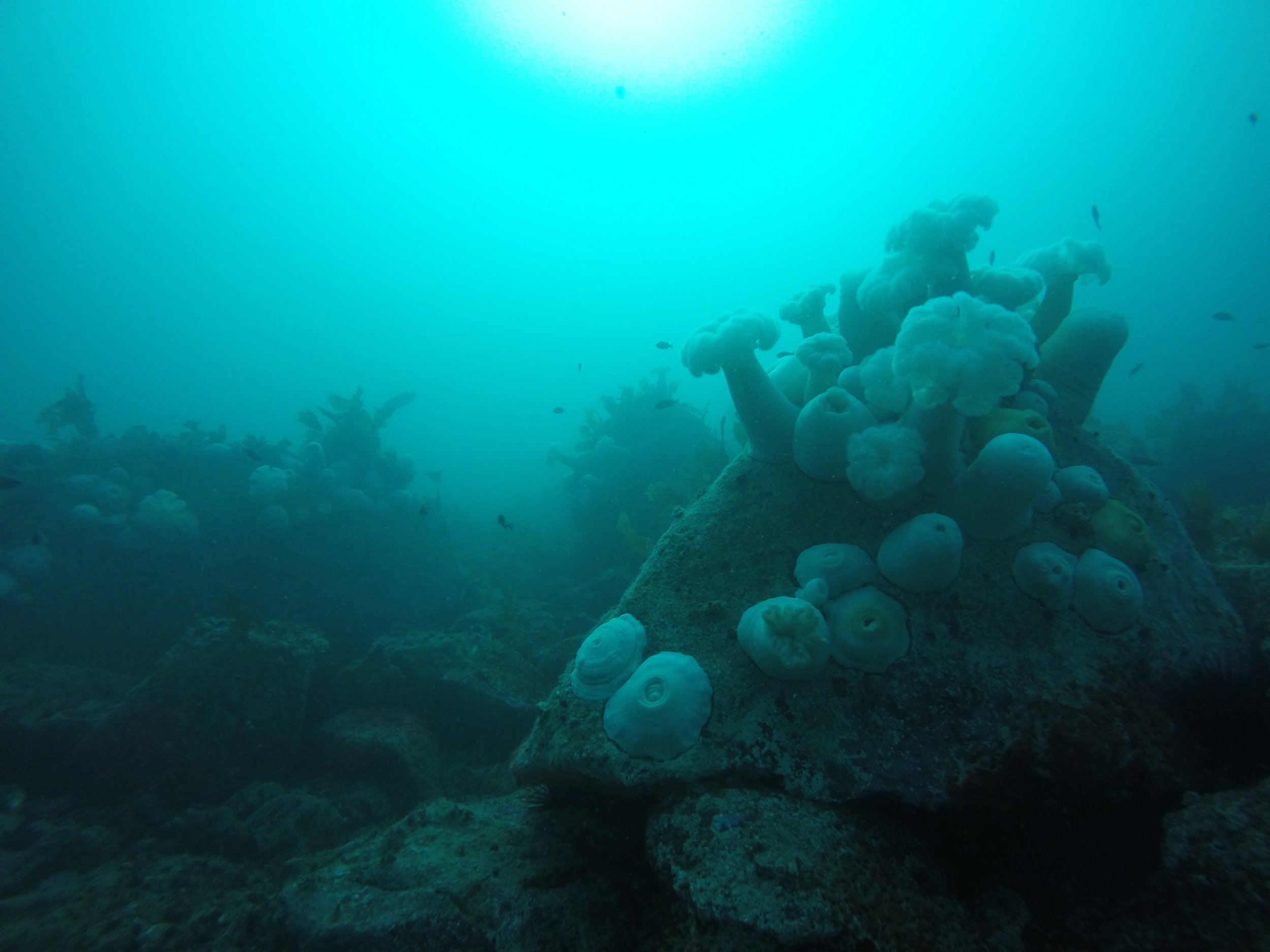
Oregon Marine Reserves:
Nearly a decade ago, the state of Oregon recognized the importance of studying and protecting our dynamic coasts, and designated our Marine Reserves and Marine Protected Areas.
Marine reserves and protected areas have been created around the world to achieve different goals. The purpose and goals of Oregon’s marine reserves are to conserve marine habitats and biodiversity, provide a framework for scientific research and effectiveness monitoring; and avoid significant adverse social and economic impacts on ocean users and coastal communities.
10 YEARS WITH OREGON’S MARINE RESERVES
5 MARINE RESERVES
Areas within coastal waters dedicated to conservation and scientific research, where ocean development and removal of marine life is prohibited.
9 MARINE PROTECTED AREAS
Coastal waters directly next to the marine reserves that have site-specific rules that allow some fishing activities and prohibit development.
THEIR PURPOSE
1. Provide safe havens for the many fish, shellfish, and marine mammals that share our oceans.
2. Act as living laboratories advancing our understanding of Oregon’s marine environment. This helps us better prepare and adapt to changing ocean conditions.
3. Provide these ecological and scientific benefits while avoiding negative impacts on the fishing industry.
Each of Oregon’s marine reserves is unique. They are different shapes and sizes. They have distinct habitats and biological characteristics. They each experienced different types and levels of fishing before closure. The demographics and socioeconomic characteristics of the coastal towns and communities most closely tied to each site are different.
These unique features mean we will likely see different conservation outcomes and different impacts to people and communities at each site.

-

Cape Falcon Marine Reserve
This is the only marine reserve site off the northern Oregon coast, giving the best representation of the highly productive oceanographic area influenced by the Columbia River.
-

Cascade Head Marine Reserve
This is also a major upwelling center that creates productive waters that influence areas to the south. The Salmon River also flows out into the ocean here, providing a freshwater input into the marine environment.
-

Otter Rock Marine Reserve
This is the smallest reserved, and is one of only two marine reserve sites that has canopy forming kelp beds, along with rocky shores, emergent rocks and offshore islands are other prominent features.
-

Cape Perpetua Marine Reserve
This site has slowed or reversed currents in the area, due to the unique and highly productive Heceta Bank. For this reason, the area retains nutrient-rich upwelled water.
-

Red Fish Rocks Marine Reserve
The only reserve south of Cape Blanco, a known biogeographic break — where the north-south extent of some species begin or end — within the California Current System.
Oregon’s marine reserve sites are not designed and placed to function as a scientific network. Instead, the sites are intended to serve as a system which OPAC has defined as “a collection of individual sites that are representative of marine habitats and that are ecologically significant when taken as a whole”





